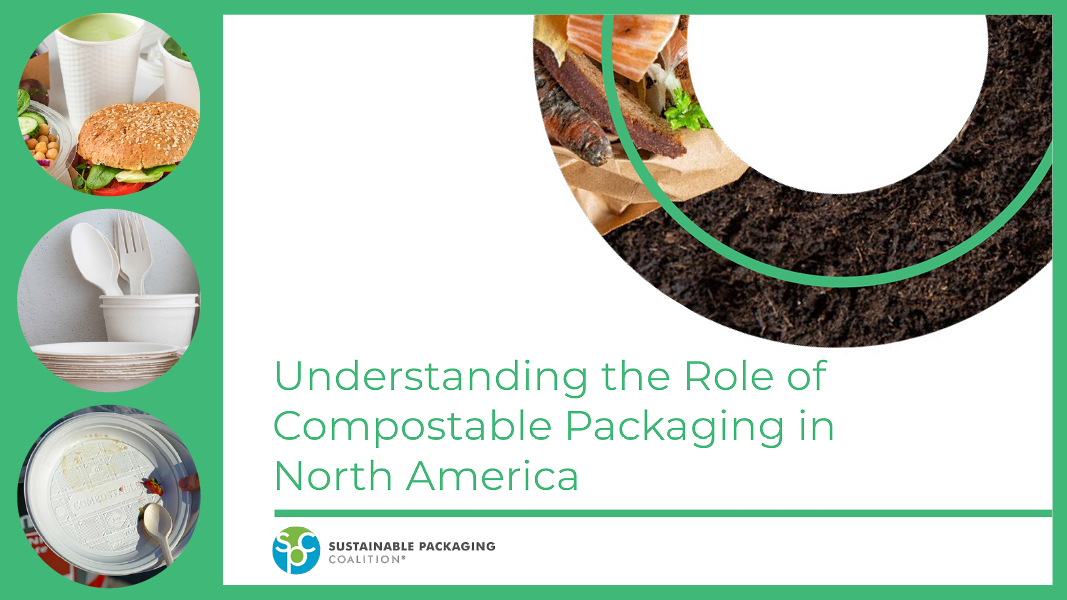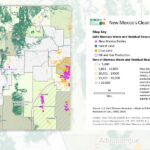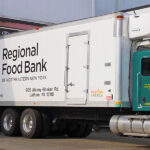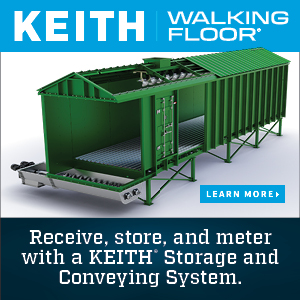A new report from the Sustainable Packaging Coalition (SPC) — Understanding the Role of Compostable Packaging in North America — does a good job of articulating the current conundrum around compostable packaging and its use related to food waste capture and composting. It assesses collection and composting infrastructure in the U.S. (and to a certain extent Canada), and has helpful tips on categories of packaging that can effectively be designed to be compostable. “The report aims to provide a framework for understanding the best role for compostable packaging in a sustainable packaging strategy,” explains Olga Kachook, Senior Manager at SPC and lead author of the report. “It clarifies the recovery ecosystem surrounding compostable packaging today, for the benefit of brands, retailers, municipalities, consumers, and other stakeholders.”
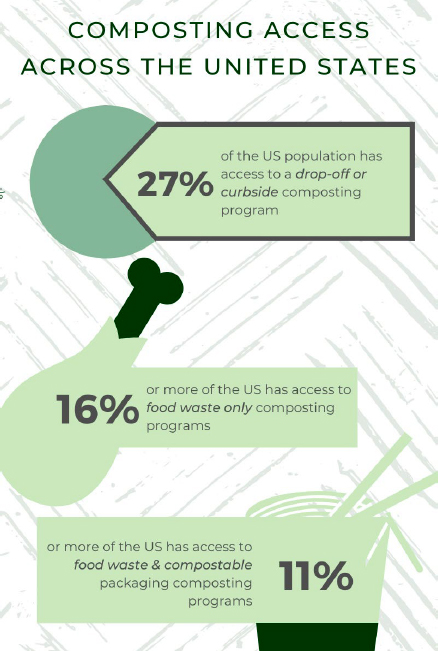 Collection and composting data were culled from publicly available sources and compiled on Tableau Public. Information on privately-run composting programs was supported by a CompostNow directory. Kachook reports that “at least 11% of the U.S. population has access to composting programs that accept some form of compostable packaging in addition to food waste. These programs differ widely, and may include privately-run or municipally-run curbside service, privately-run or municipally-run drop-off programs, or a combination of these.”
Collection and composting data were culled from publicly available sources and compiled on Tableau Public. Information on privately-run composting programs was supported by a CompostNow directory. Kachook reports that “at least 11% of the U.S. population has access to composting programs that accept some form of compostable packaging in addition to food waste. These programs differ widely, and may include privately-run or municipally-run curbside service, privately-run or municipally-run drop-off programs, or a combination of these.”
The section titled “Design: Starting With The Right Applications” helps sort out ‘best fits’ for compostable packaging as an alternative to conventional single-use packaging. “Categories of packaging that can be effectively designed to be compostable are: 1) Packaging for prepared food in grocery stores and foodservice; 2) Food-contact packaging that is not readily recyclable; 3) Fiber packaging that becomes food soiled; and 4) Packaging that is a contaminant at composting facilities, e.g., sauce cups, produce stickers, meat trays, plastic wrap around produce, salad bags, rubber bands, and twist ties.” The report’s “Checklist for Compostability” is a useful guide to determine if packaging is best suited to be compostable.
The discussion on gray areas — whether packaging should be compostable or recyclable — is also insightful: “For example, there is no established definition for how much food is required for something to be considered ‘food soiled’. In general, the more food that can be diverted to a composting facility, the more value the packaging brings to a composter, but there is no exact threshold. There is also limited data on exactly how much food residue presents a contamination challenge at recycling facilities. Plastic reclaimers have washing procedures in place to remove food residue, but too much food residue may be a sign that the product is better suited for compostable packaging.”


